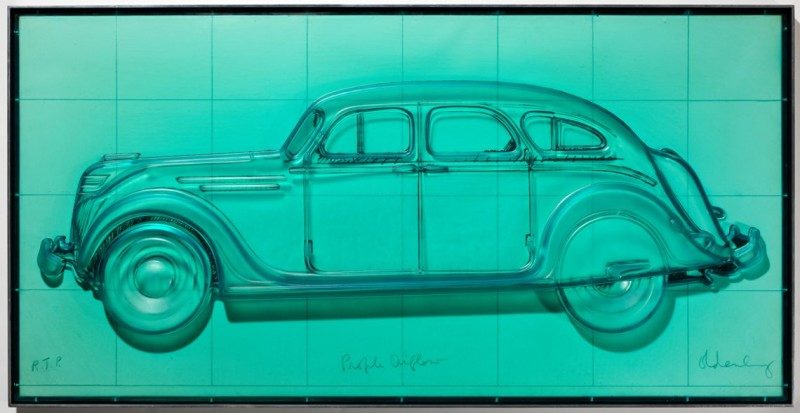Often perceived as a modest artform compared to, say, the grandiosity of painting, printmaking has been a site of experimentation, a fact highlighted in Lichtenstein to Warhol: The Kenneth Tyler Collection at the National Gallery of Australia.
Kenneth Tyler was an innovative printmaker who collaborated with key 20th-century artists. Acquired in 1973, the collection of over 7400 works occupies a significant place in the NGA’s holdings. The exhibition covers post-war American artists across the key art movements, including abstraction, minimalism, neo-Dada and later, pop art.
“When Kenneth Tyler started as a printmaker, lithography was associated with commercial reproduction; and it was almost an unknown alchemical process, and he began to make sense of it in a scientific way,” says David Greenhalgh, assistant curator of the exhibition. “The tradition of lithography had rules; 30 x 40 inches was the size most lithographers worked to, for example. Tyler comes along and says ‘let’s not put these rules on our artists’– instead the artist is key in this scenario. We are going to say, ‘what do you want to make?’ And if we come across technical problems we won’t shut them down, we will say, ‘Ken Tyler will find a solution to your printmaking problems’”.
This led to works such as Robert Rauschenberg’s Booster, 1967, comprised of an X-ray of himself printed roughly life-size. Also on display are sculptures such as Roy Lichtenstein’s 3D multiples. “It was very innovative for the time to be producing editions of sculptural work,” says Greenhalgh. Certain works revive old techniques, such as the ‘rainbow roll’ used to make Henri de Toulouse-Lautrec’s lithographs in the 19th century, which Tyler adapted for Jasper Johns. Greenhalgh says, “It’s a fun sort of vision of it being an innovative workshop, but also as this lineage of lithography throughout time.”
Lichtenstein to Warhol: The Kenneth Tyler Collection
National Gallery of Australia
7 September—9 March 2020
